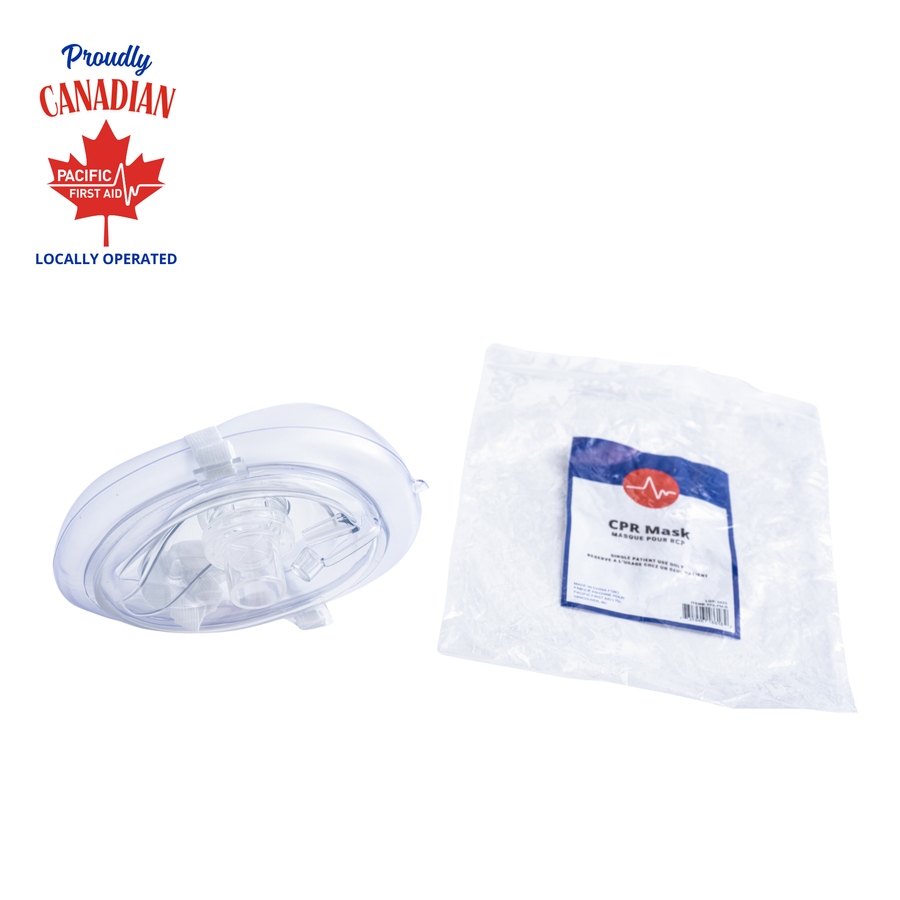
Do I Have Food Poisoning?
Photo Credit: Giorgio Trovato
In North America, many of us live in ignorant bliss when it comes to clean food and how it’s prepared. We don’t normally second-guess every restaurant we go into and assume it’s going to make us sick. On the rare occasion it does happen, it’s important to be aware of the symptoms and how to deal with it. At Pacific First Aid, we teach people the importance of food safety through our online course. Whether you work in the restaurant and food industry or want to brush up on food safety skills, this class covers it all. Below are a few tell-tale signs of food poisoning and what you can do moving forward.
So, How Do You Get Food Poisoning?
In general, people get food poisoning when they ingest food or water that contains bacteria, toxins, parasites, viruses or mold. The most common bacterias are staphylococcus and E. coli. Although not all bacteria are harmful to people (for example, the bacteria responsible for the fermentation process for cheese and yogurt), the ones that are can cause uncomfortable symptoms and in extreme cases, death. Other forms of bacteria can be found on produce as well as people’s hands. People often get food poisoning if the food is not stored, handled or cooked properly. When basic food safety protocols are shrugged to the side, people can get sick.
What Are The Symptoms?
When you first start feeling symptoms, it can be difficult to differentiate between food poisoning and the flu. Depending on which bacteria presents itself, generally symptoms include nausea, vomiting, diarrhea, abdominal cramping and fever. One thing to note is these symptoms can take place 2-6 hours or a week after eating and drinking and you can feel sick for up to a week. Because symptoms can show up a week later, many foodborne illnesses are often misdiagnosed.
Prevention Strategies: Avoid Getting Sick Again
The best thing you can do is apply these 4 basic steps, especially if you’re the one cooking the food: clean, separate, cook and chill. When you’re preparing food, make sure your hands, surfaces and ingredients are washed. Next up, make sure to separate your raw meat from other items (including surfaces such as cutting boards and other ingredients). Cook your food at the right temperature to make sure it’s done properly. You can use thermometers to test your meat products and maintain them at least 140 degrees F post-cooking. This ensures that the bacteria in raw meat are killed before you eat. Finally, refrigerate all perishable food items within two hours of cooking. These basic skills are all part of kitchen first aid.
When it comes to food safety, you’re always in control of how you handle your food and your kitchen space. Make sure to always wash your hands and keep your raw meats separate from your produce and other ingredients. If you do end up with food poisoning, normally it will go away after 24 hours. If you want to learn more about kitchen first aid we offer a course that teaches you how to handle your food and stay safe, check out our courses at Pacificfirstaid.ca







